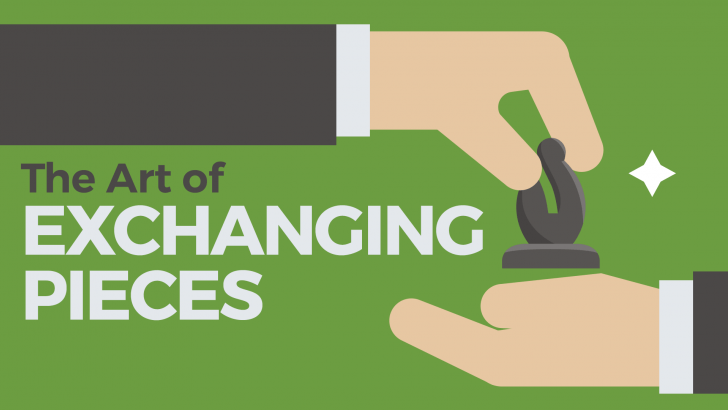The Art of Exchanging Pieces
Learn when to trade and when to keep pieces on the board!
When neither player is about to checkmate, what should you do? Look for imbalances (space, superior minor pieces, weak squares, fractured enemy pawns, etc.) and milk them for all they're worth. This particular course explores the eternal question of piece trades: should you or should you not trade one minor piece for another, your Rook for his, or your all-powerful Queen for her equally imposing female deity? Improve your ability to seek (or avoid) exchanges today!
Here is what you will learn:
- Learn when to trade pieces and when to keep them on the board!
- Learn which endgame will be in your favor!
- Learn from the brilliancies and mistakes of top players, including world champions!
